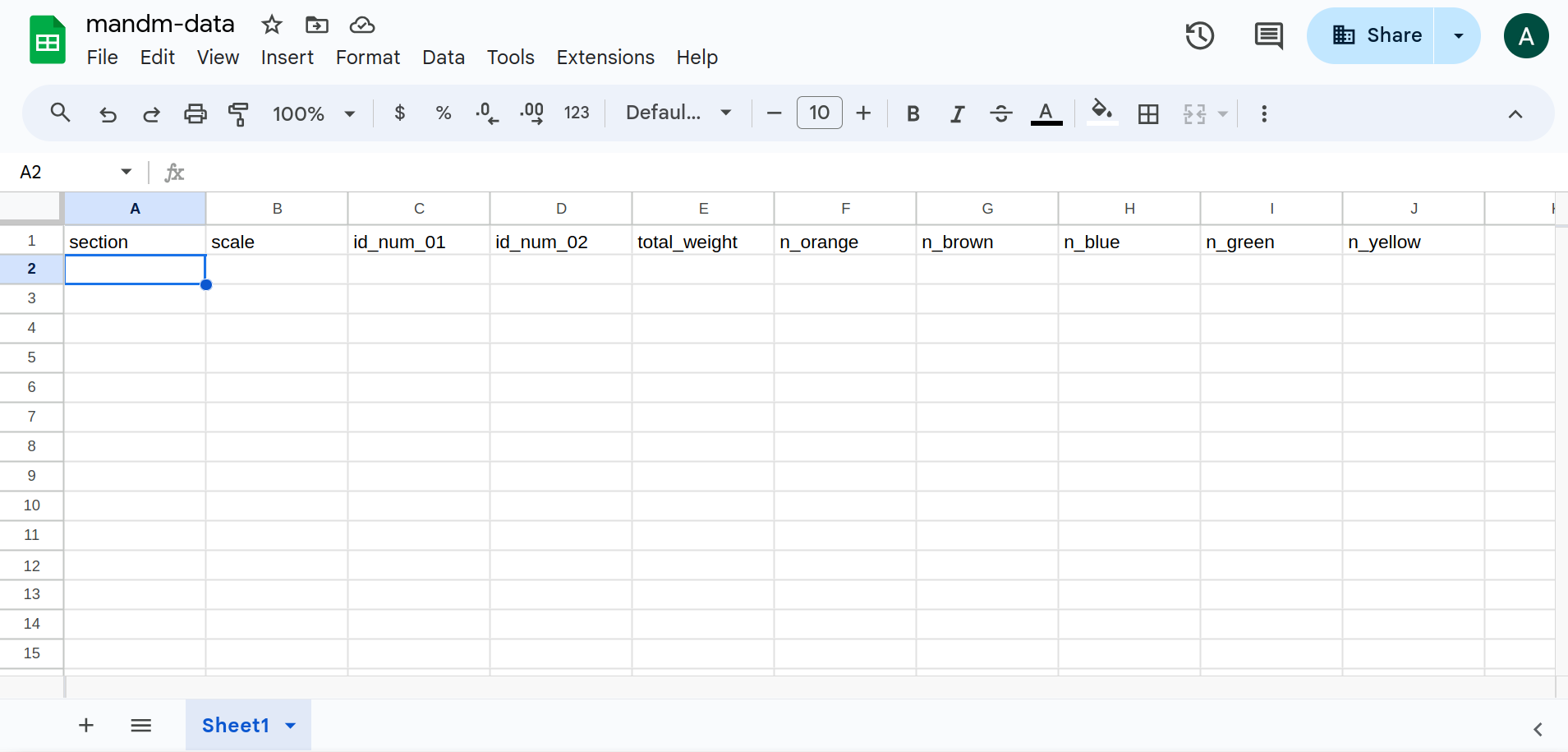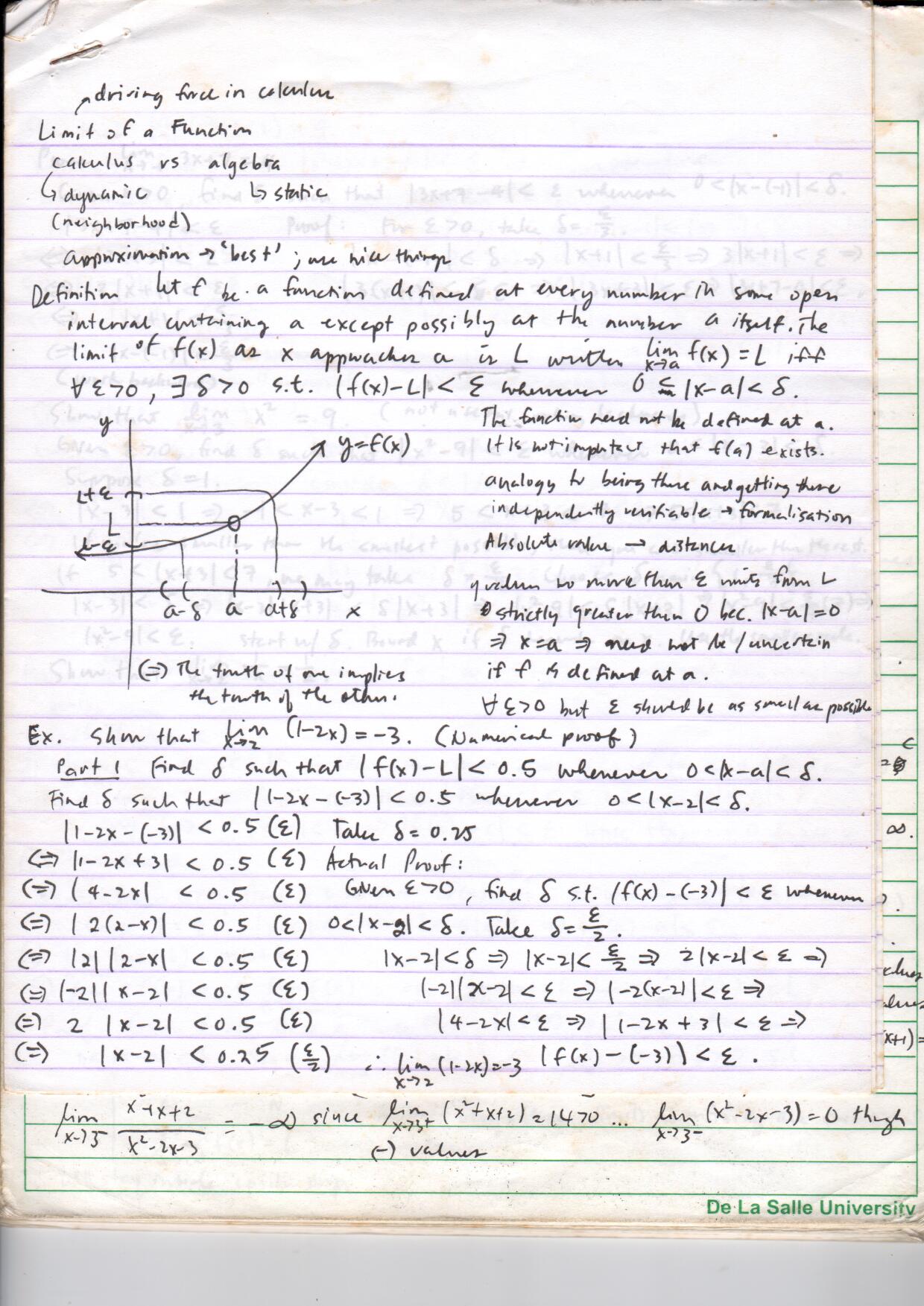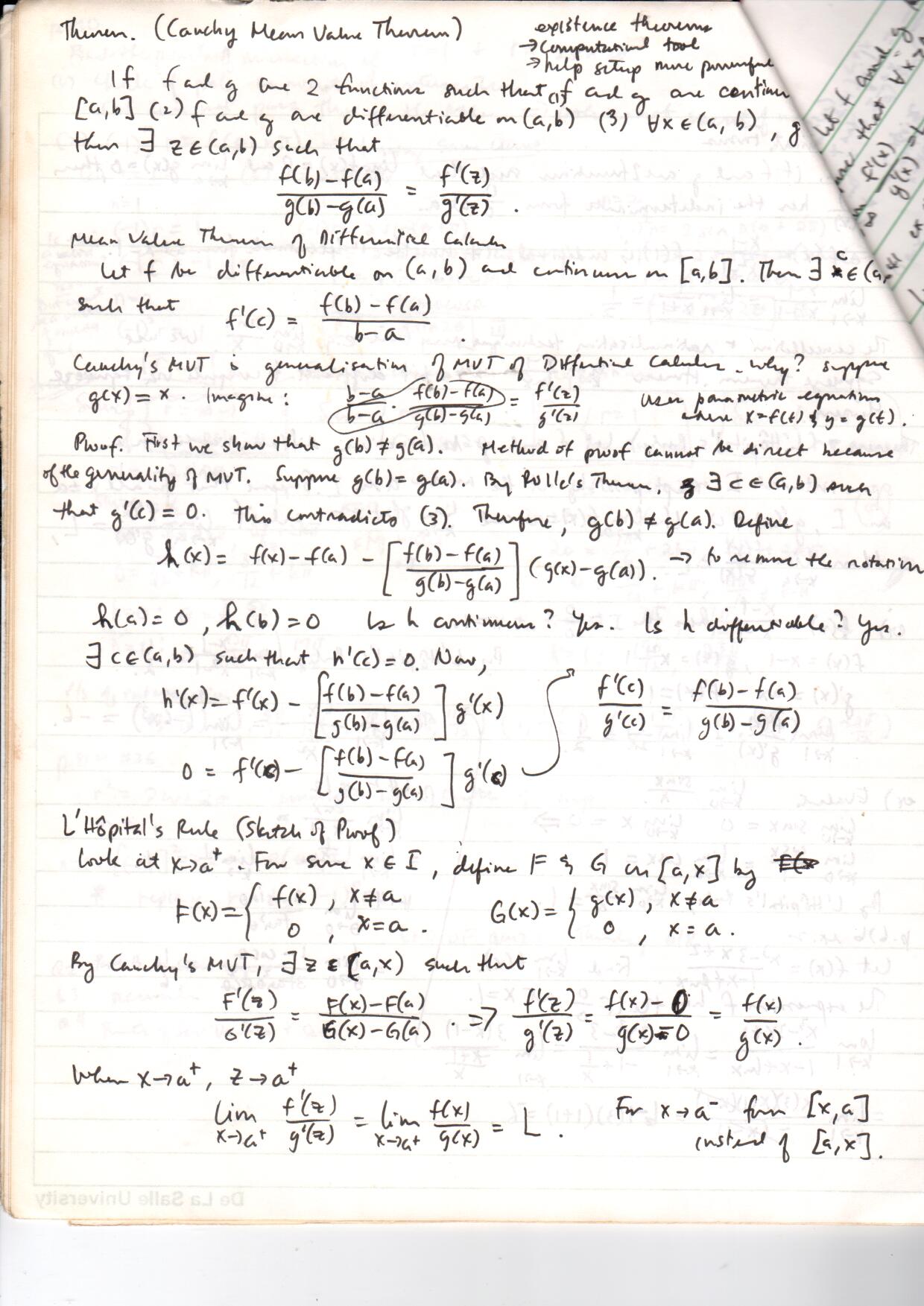Lecture 1
Introduction
2024-09-09
Plan for today
- Classroom activity
- Introduce ways of thinking in a statistical manner
- Hopefully demonstrate what makes statistics different from mathematics
- Discuss the syllabus
The M&M pack we will be studying

Questions
What questions can we answer based on data collected from packs of M&M’s?
Are these questions statistical in nature?
Why should anyone care about the answers to the questions?
Are these economic questions?
How do we answer those questions?
Opening a pack

Documentation protocol
- Take a picture of the M&M’s just like in the previous slide.
- Take a picture of the weight reading.
- Upload these two pictures as a zip file to the group assignment found at Animospace, so you better know who you worked with.
Data collection protocol
- Record your section: V24, V25, V26, or V27.
- Record which scale was used.
- Record the ID numbers of the pairs involved in the data collection.
- Weigh all the M&M’s together, excluding the wrapper. Record the total weight.
- Record how many M&M’s of each color is present. If a color is not present, record 0.
Data collection and entry
Go to https://bit.ly/mandm-collect.

What to pick up from these experiences
- Data are everywhere.
- Variation is everywhere.
- There are many sources of variation – some could be measured and some could not.
- How can we trust numbers which are subject to variation?
- How can we rely on them to answer harder questions?
What learning outcomes should have been reached in this lecture?
- I can understand and see how basic statistical terminologies show up in real life.
- I can gather data according to a pre-specified protocol.
- I ask where the data could have come from and determine sources of variations in measurement.
- I can use data to learn about a quantity I don’t observe.
- I can use data to determine if there is support for a statistical claim.
About the instructor
- My reputation has already preceded me.
- I am a polarizing figure among students.
- I invest the time to figure things out, and I do expect students to do the same.
- I answer questions of students. If you have a question, feel free to ask your classmates but it is better to ask me.
- I can sometimes forget things, so please remind me.
- I can only assess what you can communicate.
About the instructor
- Since high school until 4th year at DLSU: tutoring elementary and high school students
- ECM-BSA, ECONORG tutor, walked away from the board exam, solid 2.0 accounting student
- Sat in without getting credit for math courses while taking accounting
- (15-20 years ago) Part-time instructor at DLSU Economics, full-time instructor at DLSU Financial Management
- Taught in China, Italy (online), The Netherlands, and Germany
Questions I got asked recently
“Are there any specific concepts or topics (e.g. basic statistics, past mathematical courses) you’d recommend I’d brush up on?”
- First year mathematics courses will be useful
- No prior statistics background is needed
- If you forgot them, they should be easier to pick up the \(n\)th time around, \(n\geq 2\).
- Some computations by hand will be replaced by the computer, but that means the burden of you showing you actually have skills becomes higher, not lower.
Questions I got asked recently
“… would you suggest familiarizing oneself with these (statistical software) beforehand? If so, are there any tutorials you’d recommend?”
- Are you able to access your Office 365 privileges? Are you able to access Google Colab?
- Personally, I learn the software when I have something concrete to work on.
- Software will be introduced in class as we go along.
Questions I got asked recently
“What are certain qualities you look for in a student who hopes to pass/do exemplary work in your course?”
I think that students who pass my courses:
- Know what is at stake and they do something (without violating principles of academic integrity) about it
- Can fail but they know how to pull themselves back up
- Put in quality time and quality effort, and it shows.
- They take notes without being told.
Questions I got asked recently
As for those who do exemplary work, they
- Ask questions which make an instructor think.
- Put in even more quality and even more quality effort in order to get to where they want to be.
- Put in the time to catch up rather than be beholden to a self-imposed label of “they cannot do it”.
- Don’t completely/solely rely on “suntok sa buwan” in order to make progress.
- Try to make connections with past materials they have learned before.
Course engagement and workload
University guidelines state that
The student workload in a three (3) unit lecture course is 7.5 hours a week, for a total of 105 hours in a trimester. The total workload includes the time for classes, alternative activities, exams, projects, homework, reading assignments, and other class activities. It would be useful to present in the syllabus the estimated workload allocation for the students.
Course engagement and workload
After being exposed to one way of statistical thinking, hopefully you realize why the number 7.5 is not very useful for guiding how much time to allocate for your workload.
Time yourself and find out.
- Do you invest in quality effort?
- What kind of distraction do you encounter?
- How do you subdivide your activities?
Course engagement and workload
The following statements are peak self-deception:
- I don’t need to take down notes.
- I don’t need to supplement my notes.
- I just need to see how it is done and I can manage.
- I can just look over the slides.
- I can just listen or even ignore the videos.
- I can finish something a day or a few hours before.
- I can always look it up on the Internet.
How do you take down notes?
It is hard to determine the key points the first time you are hearing something. So you have two options:
- Write everything down but you have to focus and return to your notes with some post-processing.
- Choose what you think matters, but you also have to focus. And then fill up the missing pieces later.
Don’t take a picture of what you see on the board. You will never get back to it.
The slides are really for the benefit of the instructor, not the students. So you still have to write your own notes.
Examples from my own note-taking


Changes from last terms
Feedback would be given more often so that I could help you build your self-awareness and have the ability to do an honest self-assessment.
- Remove the need for students to “vomit on the page” or “act like ChatGPT to get partial credit”.
- Immediate feedback and revision are now built in to some of the course requirements.
- I will be specific about what you should communicate in your course requirements as we go along.
Changes from last terms
Change student perspectives:
- From “I forgot this topic” to “I can go back and learn this topic again”
- From “I am the problem” to “I know what the problem is and I have to work on it”
- From “I am not a math person and I have anxiety” to “I feel less anxious because I am growing out of my label”
- From “Statistics is math” to ” Statistics is math plus much more”
Changes from last terms
Use slides rather than going through a textbook.
Make expectations even clearer. Make the link to learning outcomes even clearer.
- Every time a course requirement is available, I will explicitly point out the relevant learning outcomes.
- I will also provide learning outcomes which are more granular.
- Sample examination questions are already available.
Discuss actual syllabus now.
- Learning outcomes
- Outline
- References - accessing material from library
- Course requirements and grading
- Class policies: student handbook, collaboration policy, excused absences policy
Recap of classroom activities
- Data collection and entry for M&M’s
- Two pictures in a zip file for M&M’s
- Go to https://bit.ly/lec01-eval.